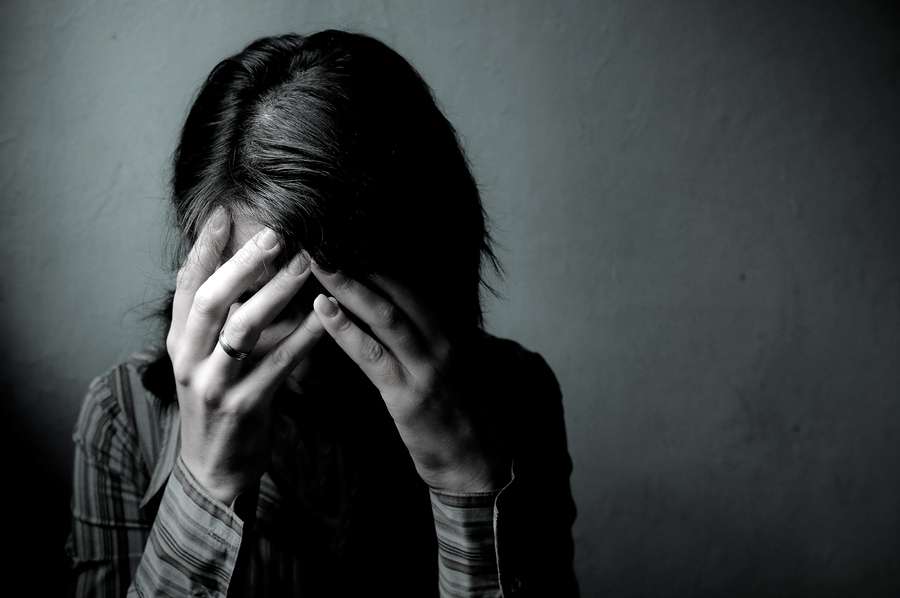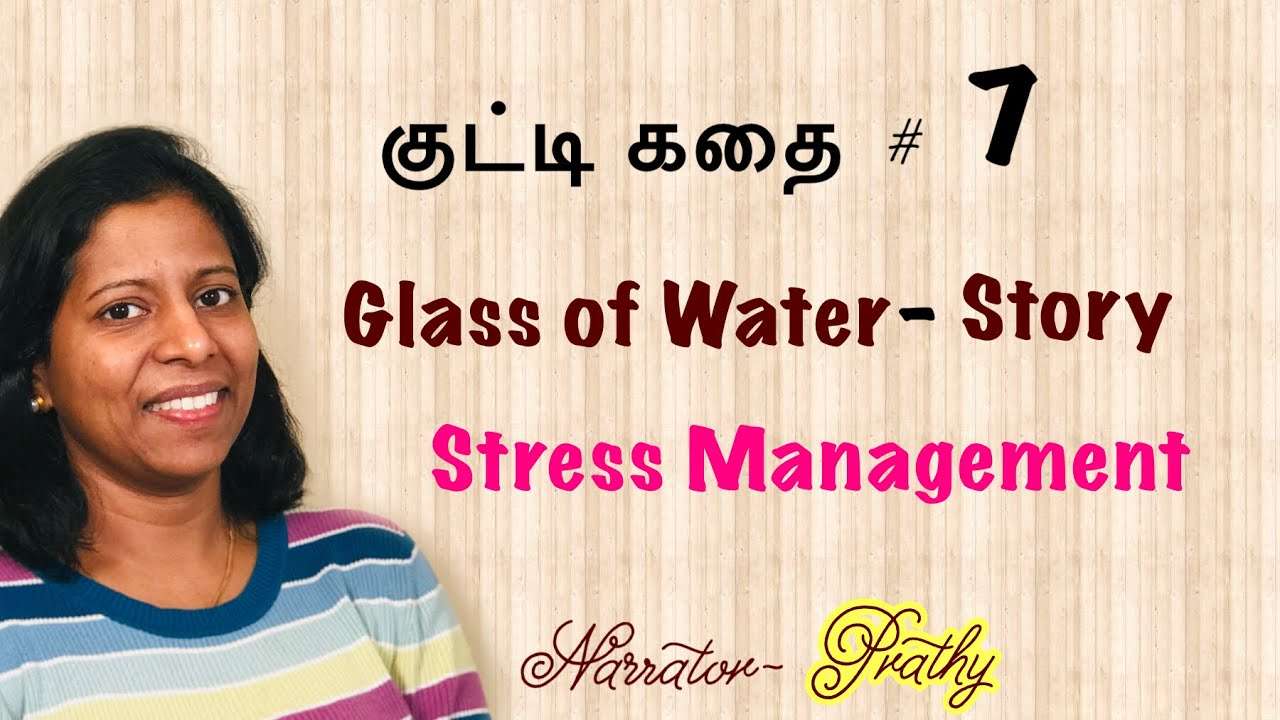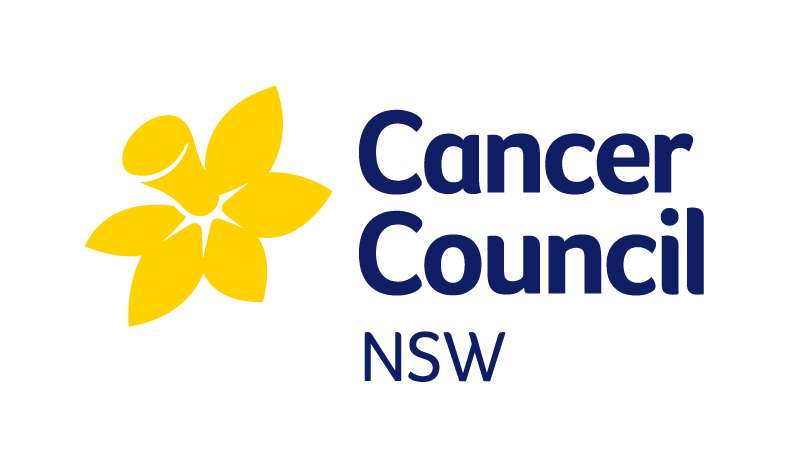 Most people are familiar with the term PTSD, or post-traumatic stress disorder. PTSD refers to a traumatic event that the individual has witnessed or experienced that they have great difficulty overcoming emotionally. Complex PTSD or C-PTSD refers to ongoing trauma, such as childhood abuse, domestic violence, multiple combat deployments, being the victim of sex trafficking, or being kidnapped for a prolonged time—situations that were ongoing, harmful and abusive, and where the victim feels trapped.
Most people are familiar with the term PTSD, or post-traumatic stress disorder. PTSD refers to a traumatic event that the individual has witnessed or experienced that they have great difficulty overcoming emotionally. Complex PTSD or C-PTSD refers to ongoing trauma, such as childhood abuse, domestic violence, multiple combat deployments, being the victim of sex trafficking, or being kidnapped for a prolonged time—situations that were ongoing, harmful and abusive, and where the victim feels trapped.
Because of the protracted period of suffering at the hands of another, treating C-PTSD is different from treating a one-time traumatic event. Those who have endured ongoing abuse at the hands of someone they should have been able to trust, such as a spouse or a parent, may have developed deep trust issues, attachment disorder, dissociative disorder, and developmental problems as a result. For this reason, treatment for C-PTSD requires a multi-modal approach.
What is Complex PTSD (C-PTSD)?
Complex post-traumatic stress disorder (C-PTSD), also referred to as complex trauma disorder, is a psychological disorder caused by repetitive and prolonged trauma, such as sustained physical or sexual abuse, at the hands of a loved one or other relationship featuring an unequal power dynamic. The resulting psychological damage reflects the distortion of the victim’s core identity and can manifest in similar dysfunctional patterns seen in borderline personality disorder, dissociative disorder, somatization disorder, and PTSD. Those with C-PTSD are left feeling fundamentally flawed and unworthy of love, especially when the prolonged and repeated abuse was perpetrated by an attachment figure, like a parent.
This impact on the victim’s sense of self-worth is what differentiates C-PTSD from PTSD the most. Aside from the ongoing nature of the abuse or trauma, C-PTSD affects the individual’s core sense of self, where PTSD tends to cause symptoms related to the exposure to trauma. The low self-esteem that can result from protracted abuse can lead to a lifetime of mental health issues.
Symptoms of C-PTSD
Someone with C-PTSD has experienced prolonged victimization under the control of another, and may exhibit the following emotional or developmental difficulties:
- Self-perception. Viewing oneself as distinctly different from other people, and having feelings of helplessness, guilt, shame, and stigma
- Problems with emotional regulation. Exhibiting explosive emotions, such as angry outburst, or persistent sadness, suicidal thoughts, or repressed anger
- Distorted view of the perpetrator. Distorted perceptions of the abuser include conceding all power to them, being preoccupied with the relationship with the abuser, or preoccupied with getting revenge
- Somatic and/or medical problems. Certain somatic reactions and medical ills can be directly related to the type of abuse that occurred, involving all major body systems, pain syndromes, and illnesses.
- Altered consciousness. Either reliving or forgetting the traumatic events or dissociative feelings of detachment from one’s body or mind processes
- Interpersonal difficulties. Problems with feelings of isolation, deep distrust, or constantly searching for a rescuer
- Loss of faith in others. A sense of hopelessness and despair, and a loss of sustaining faith in others or spiritually
- Self-isolation. After prolonged and routine emotional or physical abuse, the individual may retract and become avoidant of any interpersonal relationships as a defense mechanism
Substance abuse is a common co-occurring disorder with C-PTSD, as the individual attempts to self-medicate or numb the thoughts and feelings that have resulted from the prolonged trauma. If a substance use disorder coexists with the C-PTSD, both disorders must be treated. Dual diagnosis is a specialized realm within the mental health field and should be treated and managed by a provider with that particular area of expertise.
3 Stages of Complex PTSD Recovery
The resulting effects of experiencing chronic abuse and trauma include a profound sense of helplessness and isolation, and the feeling of having no control over one’s life. Having ceded power to the abuser, the victim feels powerless. Because the traumatic events were repetitive, prolonged, and cumulative, recovering from C-PTSD takes time and patience.
Healing from C-PTSD can take place within a safe, trusting relationship if the victim feels empowered in that relationship. The relationship can be a romantic partner, a family member, a close friend, co-worker, an adult child, or a clinician. There are a variety of psychotherapy treatment modalities that can be used in C-PTSD recovery. These include:
- Experiential and emotionally focused therapy. Includes types of therapy or activities that involve expressive tools to aid patients in processing or describing painful events
- Cognitive behavioral therapy (CBT). Focuses on identifying the maladaptive thought patterns that lead to self-destructive behavioral responses, and changing them
- Psychodynamic therapy. A longer-term therapy that explores childhood and developmental history in depth
- Family systems therapy. Helps families identify dysfunctional elements of the family dynamic and resolve problems
- Internal family systems therapy. Attachment-focused therapy that helps resolve interpersonal problems within the family
- Sensorimotor psychotherapy. A body-centered therapy used often for PTSD or treatment for trauma by exploring traumatic experiences trapped in the body
- Dialectical behavior therapy (DBT). A form of CBT that uses mindfulness and distress tolerance to focus on emotion management issues stemming from chronic childhood trauma
- Eye movement desensitization and reprocessing therapy (EMDR). Involves patient following a back and forth stimulus with their eyes while concurrently processing the traumatic event to desensitize them from the emotional intensity of the trauma
- Transcranial Magnetic Stimulation also known as TMS Therapy is a non-invasive treatment option for those who have not responded to anti-depressants or therapy. TMS for PTSD is an alternative treatment option.
Recovery from C-PTSD is a long slog, with survivors sometimes requiring more than ten years of psychotherapy for resolution. There are some C-PTSD programs offered through residential psychiatric programs that offer specialized treatment for this disorder and accompanying dissociative disorders. Following treatment, many find solace and purpose in helping others who suffer.
The 3 stages of C-PTSD recovery include:
Stage I: Establishing Safety
The initial phase of treatment focuses on establishing a sense of stability and safety and forming an alliance with the therapist. The therapist will teach the client about the elements of trauma and how people respond to trauma as a foundation upon which to teach the recovery skills. The client will learn how to self-nurture and self-soothe, as well as how to modulate emotions. The therapist will teach the client how to better manage the symptoms of PTSD, such as flashbacks or nightmares, in addition to teaching how to set healthy boundaries, assertiveness training, and stress reduction techniques such as yoga, deep breathing, meditation, and mindfulness exercises. In addition, the client will benefit from antidepressants and anti-anxiety medication.
Stage II: Remembrance and Mourning for What Was Lost
The middle phase of treatment begins after the client has successfully integrated the stabilization skills taught in Stage I. During the middle phase those stabilization skills will be needed, as the client revisits and processes the traumatic events and experiences intense emotional response to the memories. Also, the middle phase involves the task of exploring and mourning what has been lost as related to the trauma, and to grieve the loss. As with PTSD treatment, prolonged or graduated exposure therapy is often utilized. Other therapies that are effective during this phase include cognitive processing therapy, narrative exposure, EMDR, cognitive restructuring, and reprocessing.
Stage III: Reconnecting with Community and Society
The final phase of treatment involves creating a new sense of self and setting sights on a new future. During this last stage of recovery, the client accepts the trauma as just a part of their life story, but no longer allows it to define who they are or what they can become. This phase develops a sense of personal empowerment and a feeling of control over their future. Self-identity is newly defined, and new interpersonal skills are developed. The client will review the people in their life and decide whether to retain those relationships in light of new insights and boundaries. For some, taking on a mission to help others, or a survivor mission, following the end of treatment is a constructive way to help others and continue to heal and grow.
About the Author
 Suzanne Jessee
Suzanne Jessee
, M.A.
Suzanne Jessee
Suzanne Jessee, Founder and C.E.O. of Anew Era TMS is a TMS industry expert. Suzanne is a master’s level clinical therapist and addictions counselor with nearly two decades experience in chemical dependency patient care. Her passion for improving patient’s mental health and her expertise in TMS Therapy technology and business make her a leader in the TMS patient services industry. In addition, Suzanne is a published author, PBS show host, educator, and facilitator.
Office Location:
7677 Center Ave., #405
Huntington Beach, California
92647
United States
Phone: 888-503-1549
Contact Suzanne Jessee
Professional Website:
Professional Website: https://aneweratms.com/
Recovering from Complex PTSD: 3 Key Stages of Long-Term Healing
Complex post-traumatic stress disorder, or CPTSD, doesn’t spring up overnight. That means that recovering from complex PTSD requires commitment. While on the road to wellness, knowledge of the Complex PTSD Recovery Stages can help keep your therapy from going in circles.
It’s terrible to acknowledge, but often, there are years of abuse and trauma involved. Emotional and physical scars probably make up a significant part of your history.
Still, you are a survivor and there are solutions available for CPTSD recovery. These stages of trauma recovery are a kind of healing roadmap. And clients tell me that just having such a plan can provide reassurance and clarity that makes a big difference.
Where once you experienced nightmares, flashbacks, and constant anxiety, there is a proven path toward feeling calmer, more in control, and even more comfortable in your own body.
Complex PTSD Recovery Stages Provide a Roadmap
Let’s explore how recovering from complex PTSD is possible. Although there is some variation in the treatment of complex trauma, generally there are some widely agreed upon stages of complex PTSD recovery.
1. Create Safety and Stabilization in CPTSD Recovery
One of the key issues with C-PTSD is your need and craving for security. The first step in recovering from complex PTSD is the safety and stabilization phase. This includes both physical safety and emotional safety. You can’t even begin to recover from CPTSD unless you feel protected. So a good trauma therapist will help you develop a deep felt sense of calm stability.
You’ll also learn skills that support that.
For a significant period, a sense of safety was not present in your life. So it’s very likely that your nervous system has an overactive habit of of being in fight, flight or freeze responses. One of the hallmarks of trauma is that it leaves your nervous system chronically dysregulated. And if you suffer from CPTSD, then relationships are triggers. Because therapy involves relating to another person, it’s usually a trigger too. But, when you learn how to help your body feel and recognize safety, you can then learn how to have your needs met.
Over time, you can begin to increasingly feel steady and support yourself. Yes, we all need food, water, shelter, etc. But we also need to know that we won’t be hurt or punished for expressing thoughts and feelings. Physical, mental, and emotional support are vital for all of us.
Do bear in mind that at any other step in the stages of healing you might need to come back to safety and stabilization.
2. Practice Remembrance and Mourning
Skipping this stage of trauma therapy is something important that interferes with recovering from Complex PTSD. Many trauma survivors never recover because they don’t do this stage of the work. This stage involves the resolution, or reconsolidation of old memories. Without this work, the brain can’t move forward. Many survivors only have one coping tool; avoidance. And it’s this very avoidance that keeps the trauma symptoms from resolving. Avoidance can be an excellent short term coping mechanism, but over the long run, it’s what keeps the pain, fear, anger and shame swirling within our bodies and minds.
Many wrongly believe that the only way to move forward is by not thinking about or not feeling what happened. What these people don’t know is that a good trauma therapist can gently guide them through this stage and make sure that the process of remembering is not overwhelming. In fact, the key to successful trauma therapy is reprocessing and reconsolidating old memories in a comfortable enough way.
The step of remembering and mourning the trauma is essential for recovering from complex PTSD. In this second step of the Complex PTSD recovery stages, you are actively engaged in trauma recovery work. This is the heart of what’s considered trauma therapy in that you are meeting with a therapist and working through what happened. There are several options available to do this safely and productively. For example:
- Eye Movement Desensitization and Reprocessing (EMDR)
- Neurofeedback Therapy
- Trauma processing therapies
The mourning aspect is much like mourning a loved one you have lost. You are mourning all the things you have lost due to your trauma. It’s the process of fully mourning that past which lets you come fully into the present. Also, do keep in mind that if you are starting to feel unsafe, then it’s time to revisit the safety and stabilization step. Once you are in a better place, you can continue with remembrance and mourning.
3. Recovering from Complex PTSD with Reconnection and Integration
With reconnection and integration, you can establish safety and stabilization as well as practice remembrance and mourning. Essentially, it’s time to look ahead as you consider who you are without the cloud of trauma hanging overhead. In a way, this process is all about redefining and rediscovering who you are.
Instead of feeling powerless and perpetually victimized, you can find a new voice. Oftentimes C-PTSD gives rise to a sense of purpose through service to others. Giving back helps any kind of recovery work. In the end, this step is all about forward-thinking, not dwelling on the past any longer.
Seek Therapy to Support Recovering from C-PTSD
The field of trauma treatment has come far since 1988. That’s the year Judith Herman Herman Ph.D of Harvard coined the term “complex PTSD“. We have learned a lot about how trauma impact the brain, the nervous system. And we’ve learned how to help people along the path of recovering from Complex PTSD.
As you can see, these three key stages of healing CPTSD require the assistance of a trained complex ptsd therapist who understands trauma and its after-effects. Your therapist does more than just analyze what happened to you. They also walk with you through the recovery journey, allowing you the space to become safe and whole once again. A therapist empowers you to look back on those terrible moments, with less fear and shame and a greater sense of purpose and forward movement.
Perhaps you endured complex PTSD symptoms for years. Recovering from Complex PTSD takes time but you needn’t suffer aimlessly or alone. The intention of C-PTSD recovery is not to draw out the process. Rather, it is to intentionally engage in the stages of healing so that you can take back your life. Please read more about trauma therapy and contact me today to discuss how I can help.



